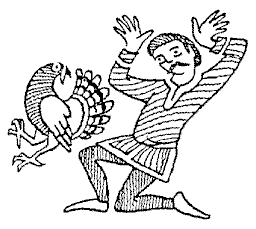 |
Science Frontiers ONLINE No. 103: Jan-Feb 1996 |
|
|
Two Probable Frauds

|
(Sørensen, Erik Ringdal; personal communication, November 2, 1995)
That crystal skull in the British Museum. Considered a first-class anomaly, this compelling artifact is carved out of hard crystalline quartz. It is said to exert an eerie effect on its viewers. Some say it was carved by the Atlanteans, but the Aztecs are generally credited with this amazing job of manufacture. The big puzzle is: How could the Aztecs have done it without modern lapidary tools -- the skull is so smooth and perfect? Well, maybe the Aztecs didn't carve it!
A. Rankin, of Kingston University, has examined the tiny trails made by fluid inclusions in the quartz matrix. He finds that they are characteristic of Brazilian quartz. In fact, there seem to be no suitable sources of massive quartz crystals anywhere in Mexico; and the Aztecs do not appear to have made any incursions into Brazil.
Even worse, British Museum experts have now found small cuts made by steel tools on the insides of the teeth. The skull, they suggest, is actually modern and carved with a jeweler's wheel.
(Hawkes, Nigel; "Famous Aztec Skull Is Thought to Be a Fake," London Times, September 30, 1995. Cr. A.C.A. Silk)